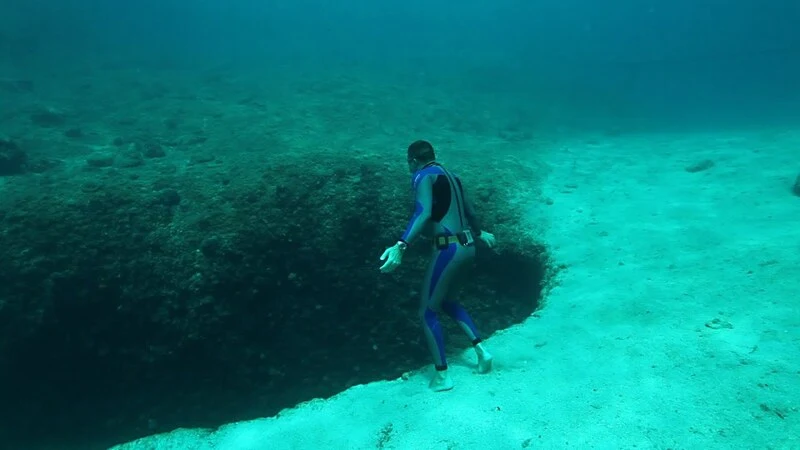The oceans cover about 70% of the Earth’s surface, but how deep do they go? The answer is not simple, because the depth of the oceans varies depending on where you measure it. Some parts of the oceans are much deeper than others, and these are called deep trenches or hadal zones. They are formed by the movement of tectonic plates, which create huge cracks or subduction zones in the ocean floor. In this blog post, we will explore some of the deepest parts of the oceans and what we know about them.
Diamantina Trench
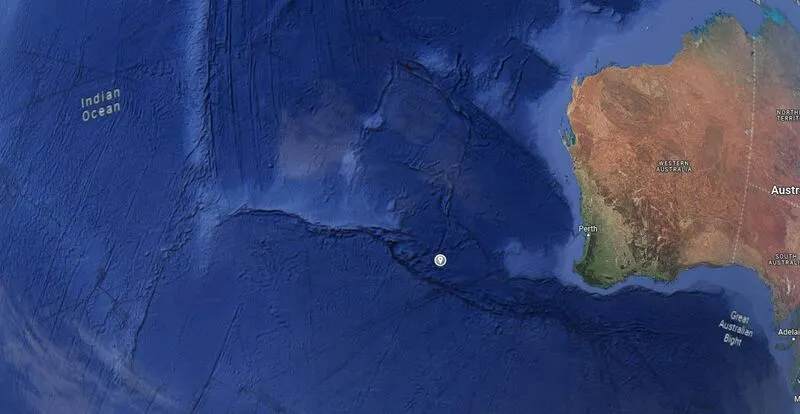
The Diamantina Trench is located in the Indian Ocean, south of Australia. It is about 1,000 km long and has a maximum depth of 8,047 m. It is part of the Indo-Australian Plate, which is moving northward and colliding with the Eurasian Plate. The Diamantina Trench is one of the few places where the ocean floor is actually rising, due to a phenomenon called slab rollback. This means that the subducting plate is bending and breaking away from the overriding plate, creating a gap that allows magma to rise and form new crust.
South Sandwich Trench
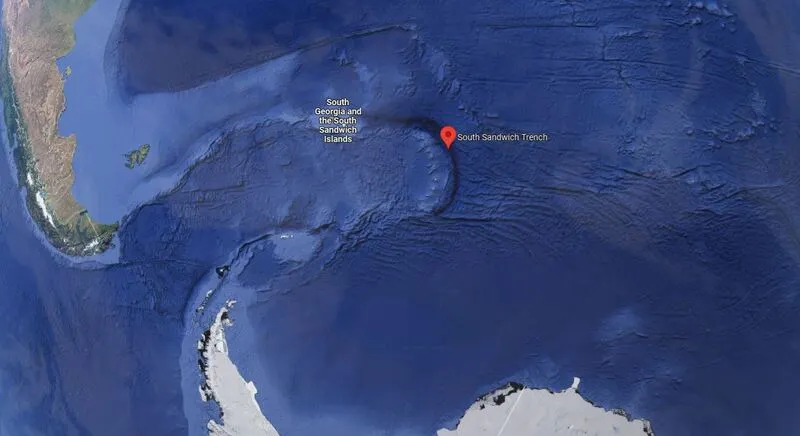
The South Sandwich Trench is located in the Southern Ocean, near Antarctica. It is about 956 km long and has a maximum depth of 8,428 m. It is part of the South American Plate, which is moving westward and subducting under the Scotia Plate. The South Sandwich Trench is also home to a volcanic arc, called the South Sandwich Islands, which are active and erupt frequently. The trench is one of the coldest and most isolated places on Earth, and very little is known about its biodiversity.
Puerto Rico Trench
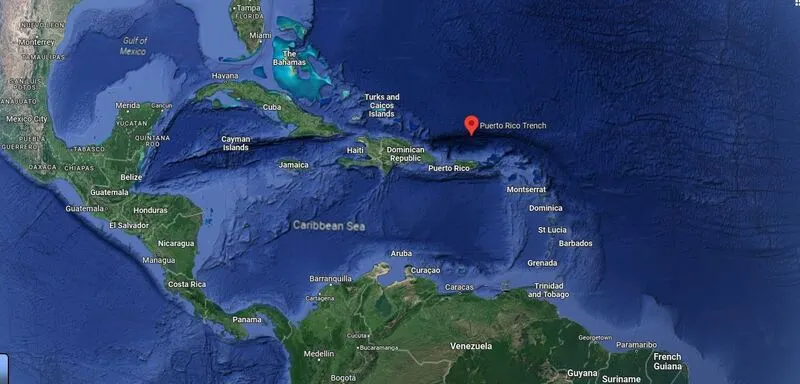
The Puerto Rico Trench is located in the Atlantic Ocean, north of Puerto Rico and the Caribbean Sea. It is about 800 km long and has a maximum depth of 8,648 m. It is part of the North American Plate, which is moving westward and subducting under the Caribbean Plate. The Puerto Rico Trench is also associated with a major fault zone, called the Puerto Rico-Virgin Islands Trough, which is prone to earthquakes and tsunamis. The trench is a hotspot for marine life, especially deep-sea fish and squid.
Japan Trench
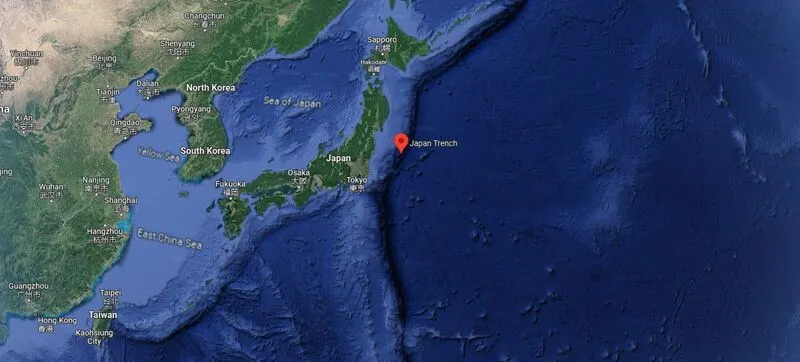
The Japan Trench is located in the Pacific Ocean, east of Japan. It is about 800 km long and has a maximum depth of 9,000 m. It is part of the Pacific Plate, which is moving westward and subducting under the Okhotsk Plate. The Japan Trench is also the site of a devastating earthquake and tsunami that occurred in 2011, killing over 15,000 people and causing a nuclear meltdown at Fukushima Daiichi Power Plant. The trench is rich in marine life, including whales, dolphins, sharks, and octopuses.
Izu-Ogasawara Trench
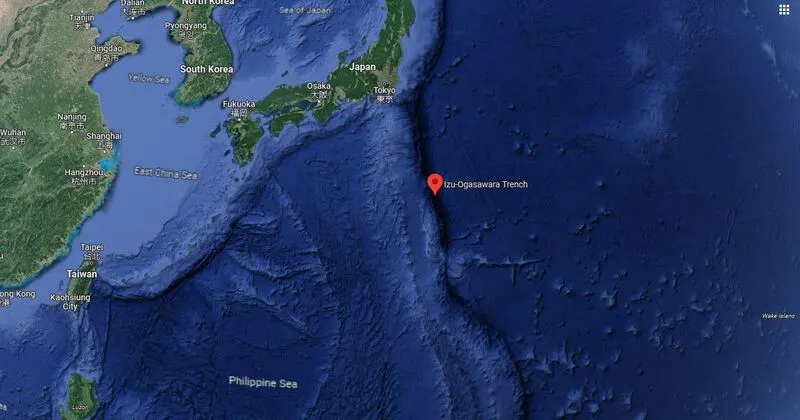
The Izu-Ogasawara Trench is located in the Pacific Ocean, south of Japan. It is about 1,200 km long and has a maximum depth of 9,780 m. It is part of the Pacific Plate, which is moving northwestward and subducting under the Philippine Sea Plate. The Izu-Ogasawara Trench is also known as the Izu-Bonin Trench or the Bonin Trench, and it forms part of a volcanic arc called the Izu-Bonin-Mariana Arc. The trench hosts a variety of marine life, including deep-sea corals, sponges, worms, and crabs.
Kermadec Trench
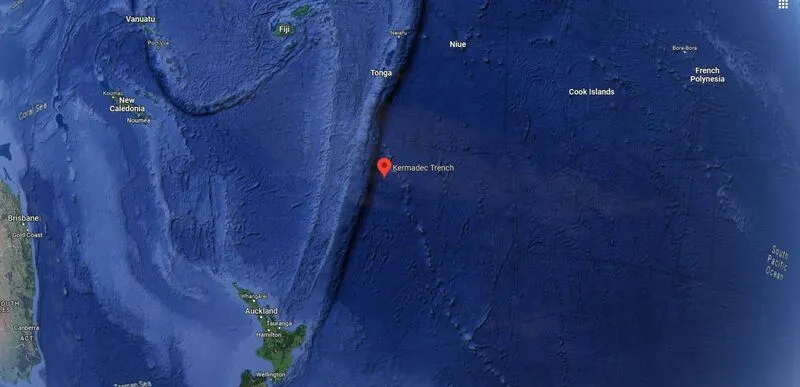
The Kermadec Trench is located in the Pacific Ocean, northeast of New Zealand. It is about 1,000 km long and has a maximum depth of 10,047 m. It is part of the Pacific Plate, which is moving westward and subducting under the Indo-Australian Plate. The Kermadec Trench is also connected to a volcanic arc called the Kermadec Islands, which are uninhabited but have some unique flora and fauna. The trench is a hotspot for marine life, especially deep-sea fish and crustaceans.
Kuril-Kamchatka Trench
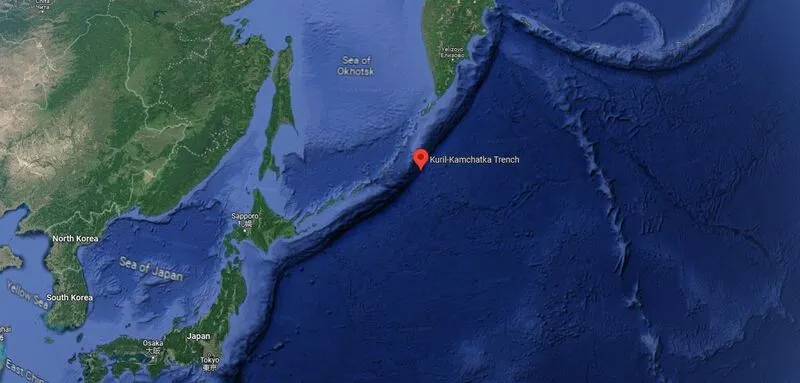
The Kuril-Kamchatka Trench is located in the Pacific Ocean, east of Russia. It is about 2,500 km long and has a maximum depth of 10,542 m. It is part of the Pacific Plate, which is moving northwestward and subducting under the Okhotsk Plate. The Kuril-Kamchatka Trench is also linked to a volcanic arc called the Kuril Islands, which are disputed between Russia and Japan. The trench harbors a diverse range of marine life, including whales, seals, sea lions, and seabirds.
Philippine Trench
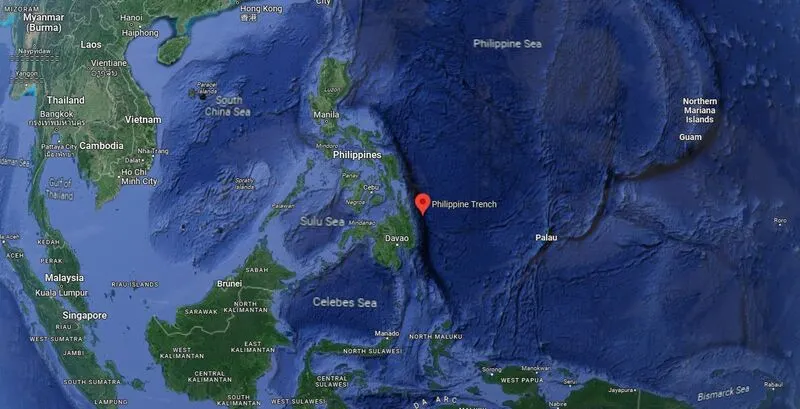
The Philippine Trench is located in the Pacific Ocean, east of the Philippines. It is about 1,320 km long and has a maximum depth of 10,540 m. It is part of the Philippine Sea Plate, which is moving westward and subducting under the Eurasian Plate. The Philippine Trench is also adjacent to a volcanic arc called the Philippine Islands, which are home to over 100 million people and have a rich cultural and natural heritage. The trench is a haven for marine life, including sharks, rays, turtles, and dolphins.
Tonga Trench
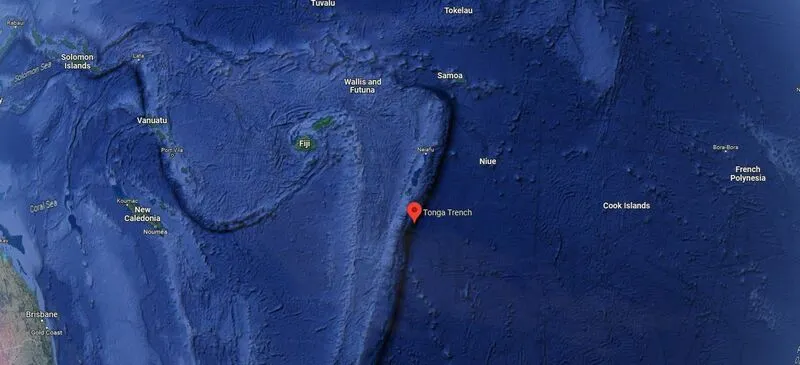
The Tonga Trench is located in the Pacific Ocean, south of Tonga and Fiji. It is about 2,500 km long and has a maximum depth of 10,882 m. It is part of the Pacific Plate, which is moving westward and subducting under the Indo-Australian Plate. The Tonga Trench is also connected to a volcanic arc called the Tonga Islands, which are known for their coral reefs and tropical climate. The trench is a hotspot for marine life, especially deep-sea fish and squid.
Mariana Trench
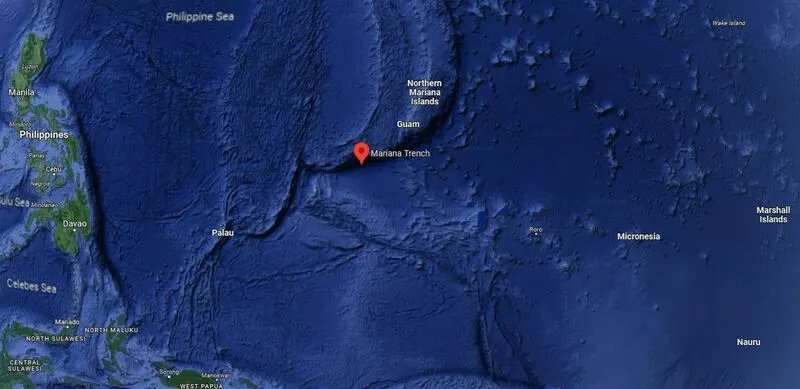
The Mariana Trench is located in the Pacific Ocean, east of the Mariana Islands. It is about 2,550 km long and has a maximum depth of 10,994 m. It is part of the Pacific Plate, which is moving westward and subducting under the Philippine Sea Plate. The Mariana Trench is also associated with a volcanic arc called the Mariana Islands, which are part of the U.S. territory of Guam. The trench is the deepest part of the oceans and the Earth, and it is known as the Challenger Deep. Only four manned expeditions have reached the bottom of the trench, the first one in 1960 and the most recent one in 2019. The trench hosts a variety of marine life, including microorganisms, worms, crustaceans, and fish.
The oceans are full of mysteries and wonders that we are still exploring and discovering. The deepest parts of the oceans are especially fascinating and challenging to study, because they are so remote and extreme. However, they also offer valuable insights into the history and evolution of our planet and its life forms. The deep trenches are not only natural wonders, but also natural resources that we need to protect and conserve for future generations.
